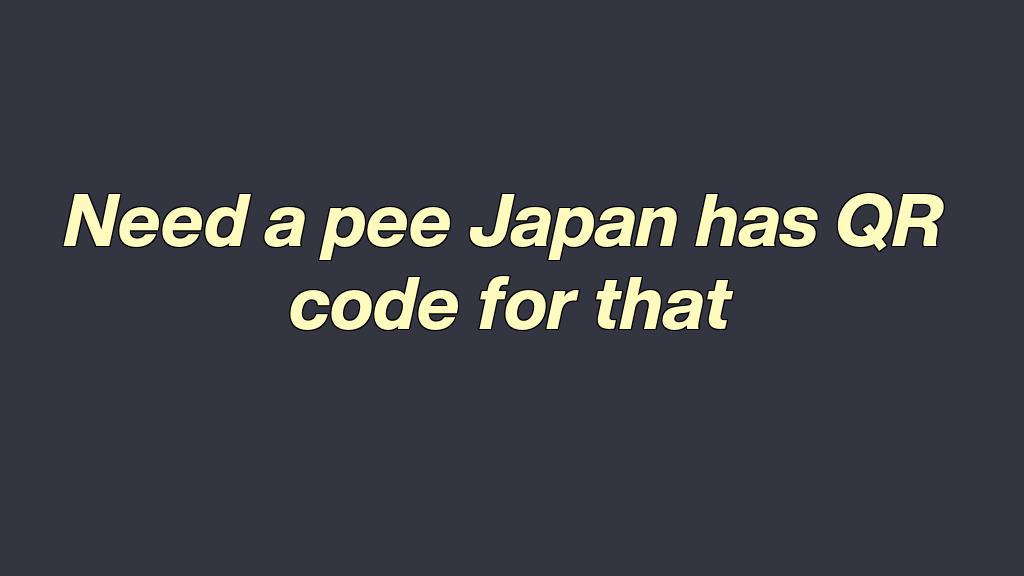TOKYO, Japan — Japanese toilet giant TOTO has launched a service allowing those caught short in public to locate the nearest washrooms and see how busy they are real-time with a phone and QR code.
Japan, like other countries, struggles with managing long queues outside public toilets, particularly for women, in its teeming train stations and other places.
The system launched this month by TOTO — famous for its water-spraying, musical toilets — links consumers up with existing internet-connected facility management systems.
Need a pee? Japan has QR code for that

This was developed to automatically notify facility staff if a particular cubicle is dirty or occupied for an unusually long time.
Now users can scan a QR code with their phones to access a website showing restroom locations and live congestion levels.
"In addition, a QR code inside a restroom stall brings you to a website where a user can report problems, like being unable to flush or something broken," TOTO spokesman Tasuku Miyazaki told Agence France-Presse on Thursday.
The service is multi-lingual and available in English, Chinese and Korean.
The government is also trying to relieve the problem of long queues for women, with the transport ministry seeking extra funds in the budget for the coming fiscal next year., This news data comes from:http://gyglfs.com
These will be used to set up digital signage displays and movable toilet walls that can increase the number of stalls for women, according to local media.
- Eala kicks off US Open campaign, aims for breakthrough win in New York
- Majority of Filipinos unaware of vote buying in 2025 elections, OCTA survey shows
- Malabon shifts garbage disposal to Rizal landfill after Navotas closure
- Scramble for survivors as Afghan earthquake death toll passes 1,400
- Need to pee? Japan has QR code for that
- BuCor chief calls for major reforms
- Guyana votes amid oil boom, Venezuela tensions
- US warship heading toward Caribbean Sea
- Napolcom welcomes Nartatez’s move to recall Torre’s reassignments
- Planning via ‘gender lens’ to make cities more inclusive — expert